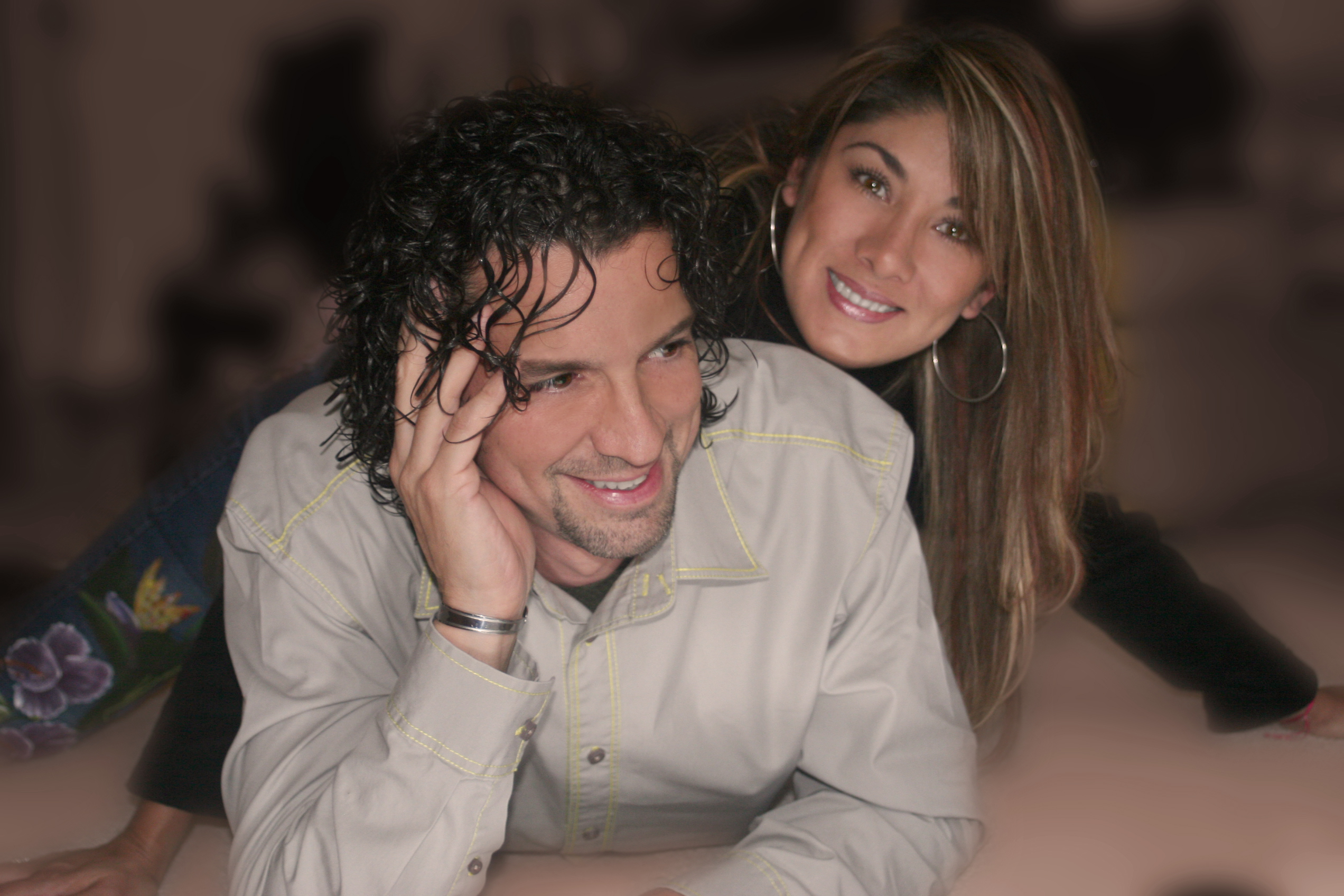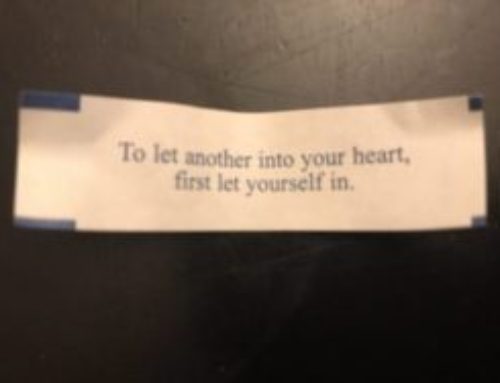One of the most challenging things about a relationship is to determine when to stay or walk away when you are in love with your partner and are experiencing challenges within the relationship. This might bring up feelings of confusion, frustration, sadness, anger, and/or fear. Before you make any decision, you must be clear on what you want in a partner and out of your relationship. Identify them if you haven’t done so already. And it’s important to get clear on what makes a healthy relationship and what are deal breakers. A healthy relationship is one where there is interchange, expansion, authenticity, and connection.
Four key components of a healthy relationship:
- Interchange – both of you are equally invested in the relationship and both of you work towards having a healthy relationship with yourselves and each other
- Expansion – the relationship creates something new (experience, understanding, solution) with each encounter thus it is always moving forward so you both can grow as individuals and as partners
- Authenticity – you feel free to say what’s on your mind and how you feel, and your partner responds by revealing their true thoughts, emotions, motivations, and intentions. Thus, you continually get to know each other better and are on the same page with what you want from the relationship and each other.
- Interconnection – both of you share love for one another and like each other as friends. Therefore, you find a higher level of intimacy and alchemy in your experiences creating a closer bond.
It’s vital to also identify your deal breakers. A deal breaker is not a deal breaker unless it destroys something that is precious to you. For example – you need autonomy, yet your partner wants to oversee and approve of your friendships and calendar of appointments. You want monogamy; however, your partner wants to date/have sex with you and others. Deal breakers undermine the very conditions that make it possible to love. A deal breaker is a sign of everything else that is wrong in the relationship. A deal breaker can occur at any time during a relationship. However, it is unlikely that it will appear out of the blue. Deal breakers are symptomatic of other problems in a relationship.
Some of the characteristics of a deal breaker:
- You have a growth mindset about yourself and your relationship and your partner doesn’t seem to have the same mindset.
- There is no compromise, problems aren’t resolved, and you both argue more than communicate.
- You care more about them than they do about you or the relationship.
- Conclusions about the relationship are made without facts to support theories.
- You are unhappy and no matter what you do, the relationship isn’t shifting.
- There is a lack of empathy or remorse if someone’s feelings are hurt.
- You suppress your feelings and thoughts to avoid conflicts.
Before throwing in the towel and calling it quits, try this flow activation exercise to determine whether the relationship can continue and shift to a healthier state.
Relationship Flow Activation Exercise:
- Schedule uninterrupted time of at least 90 minutes to spend with your partner and ask them to do the same. You may need to schedule additional 90 minutes time block to complete this exercise.
- Communicate your feelings, preferences, and needs. Then, ask your partner to respond and give feedback to what you have shared with them.
- Take a brief time a part to process what was shared. Take a walk around the block or a local park. Meditate or do some breathwork.
- Both of you will need to determine if the relationship is salvageable or does it need to end. Ask yourselves the following questions:
- Are you a contributing factor to the problem?
- Is there something you need to learn about being a better partner?
- Is there something you need to learn about the good parts of your partner?
- Is there another way or an out of the box solution to make the relationship better?
- Are you willing to walk away if your partner doesn’t make the effort to meet your needs or compromise?
- Is there no other solution that meets both of your needs than to end it?
- Come back together to continue your uninterrupted time together to discuss what you reflected on. Then determine if you or both of you would like to walk away or to stay in the relationship and work on next steps.
- Final step is to focus on self-care through baths, exercise, immersion in nature, yoga, massage, etc.
If you would like to explore out of the box solutions and shifting your mindsets while working with a coach, the Flow Into Love Relationship Flow Coaching Program might be for you.






